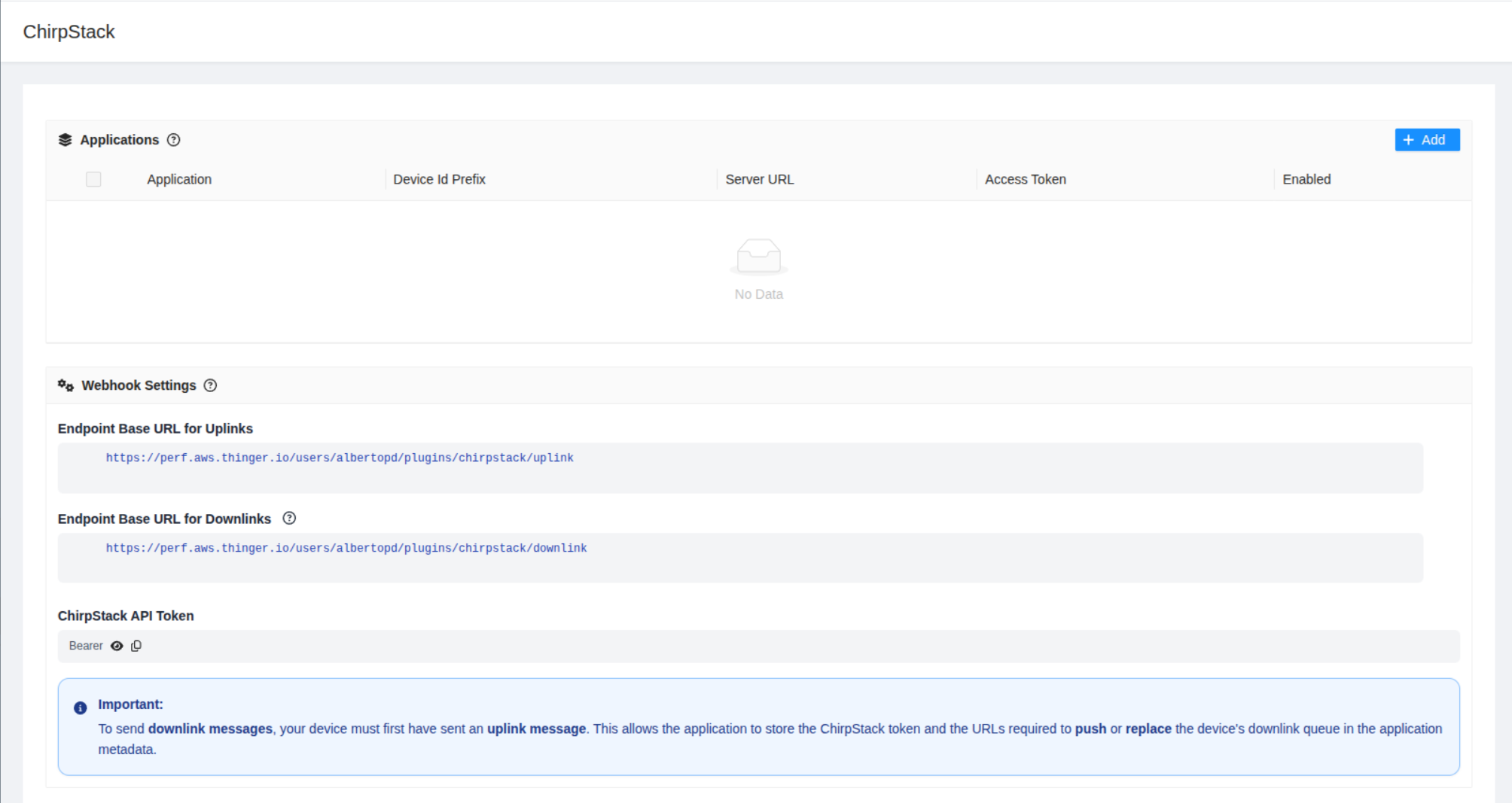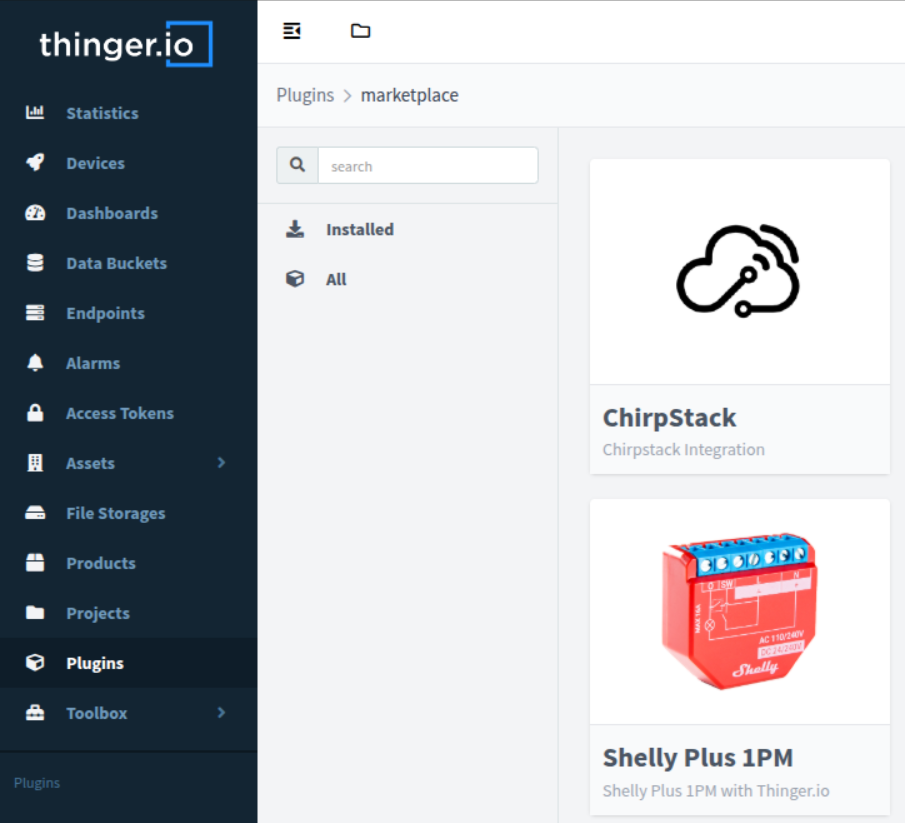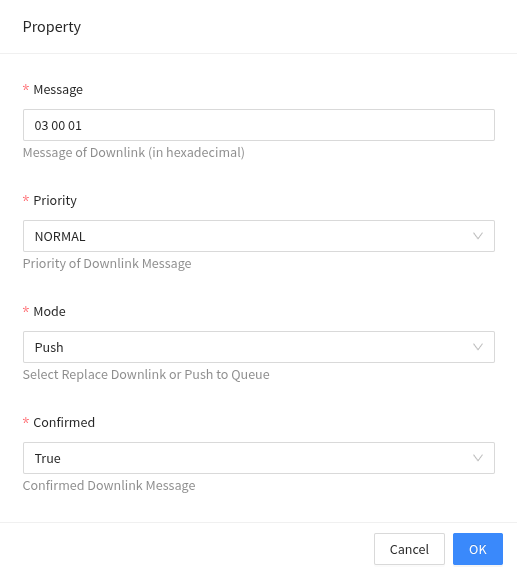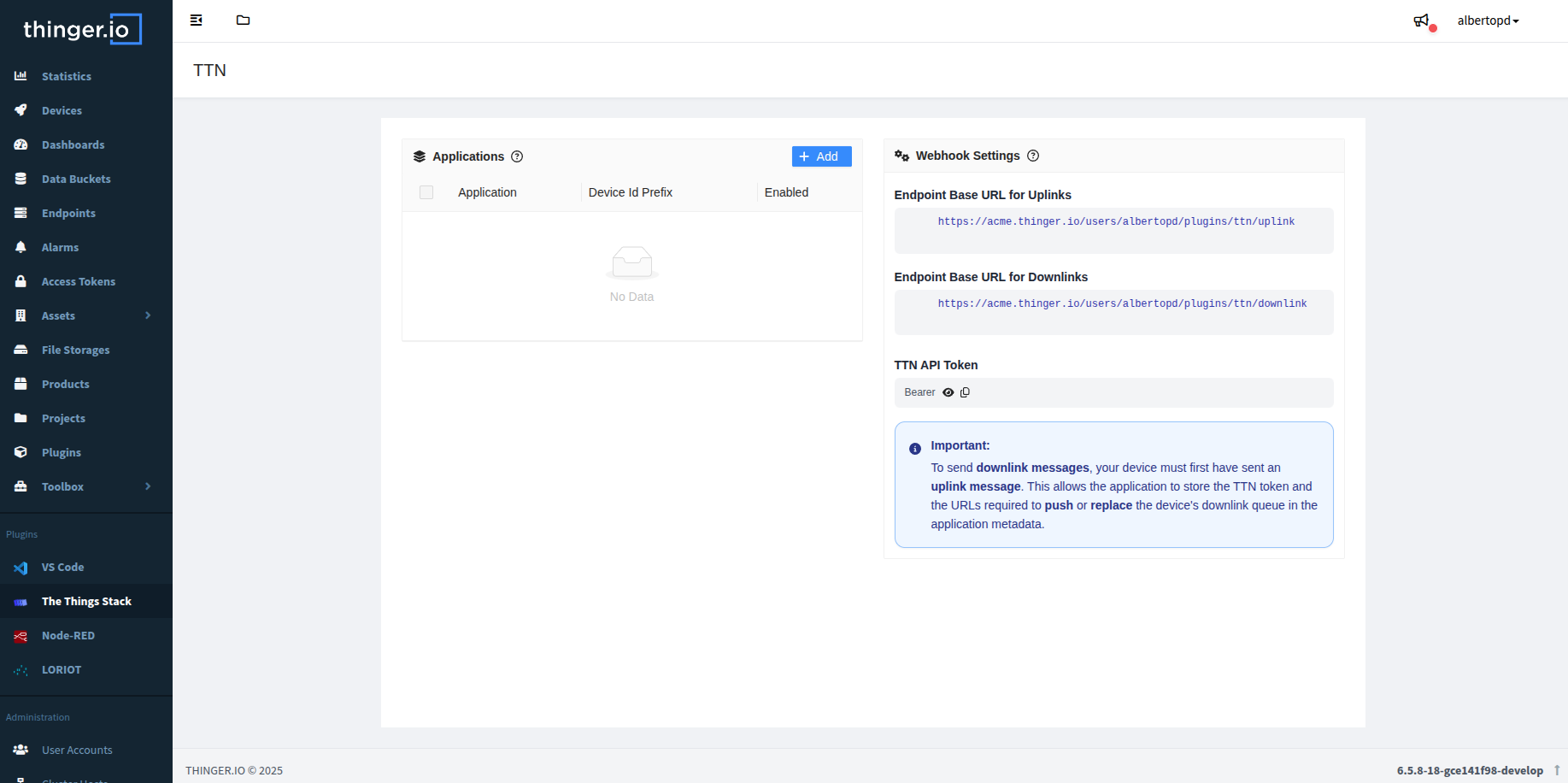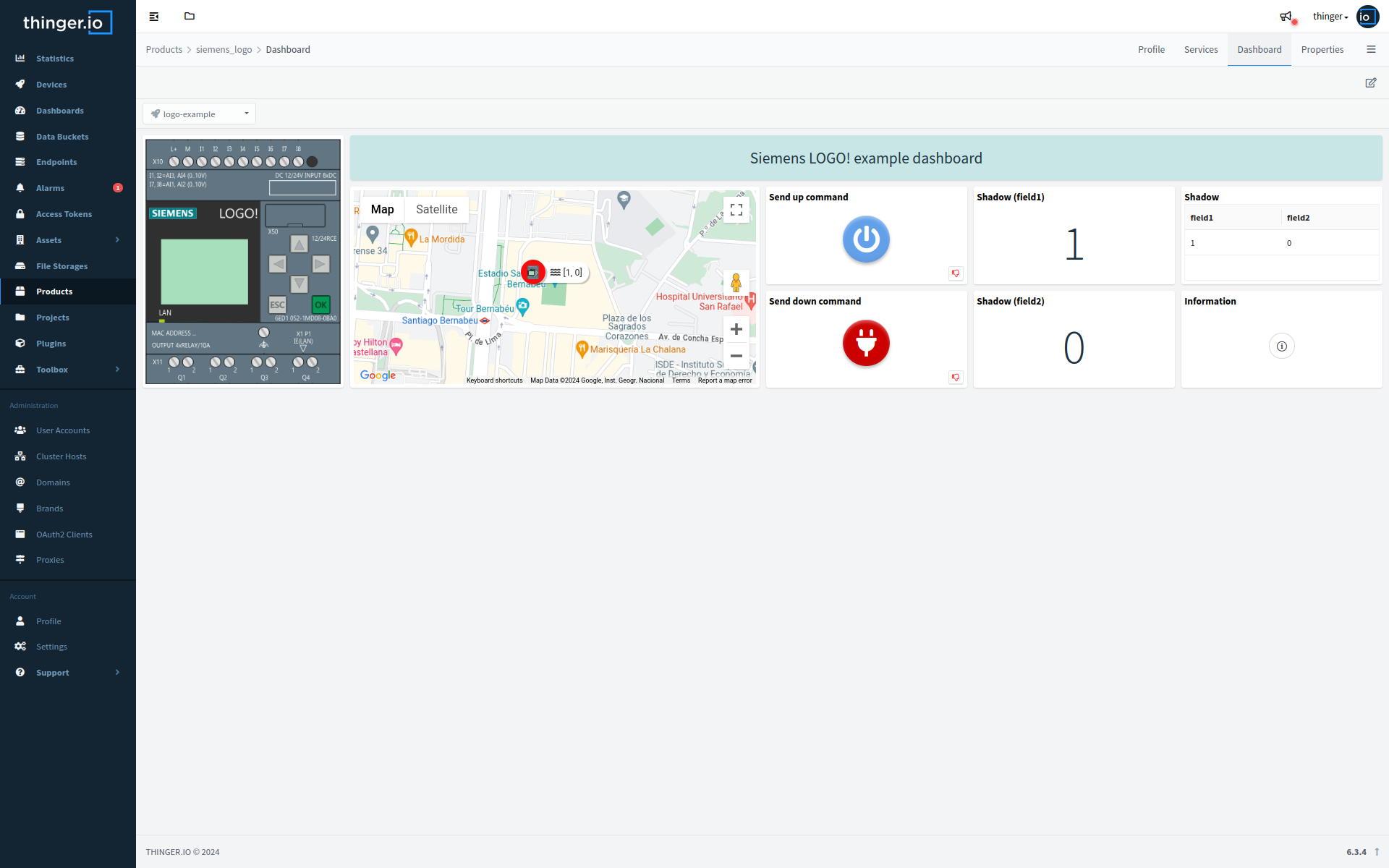WIKA Sensors Integration – Version 1.0.0
We are excited to introduce the official WIKA Sensors Integration for Thinger.io 🎉
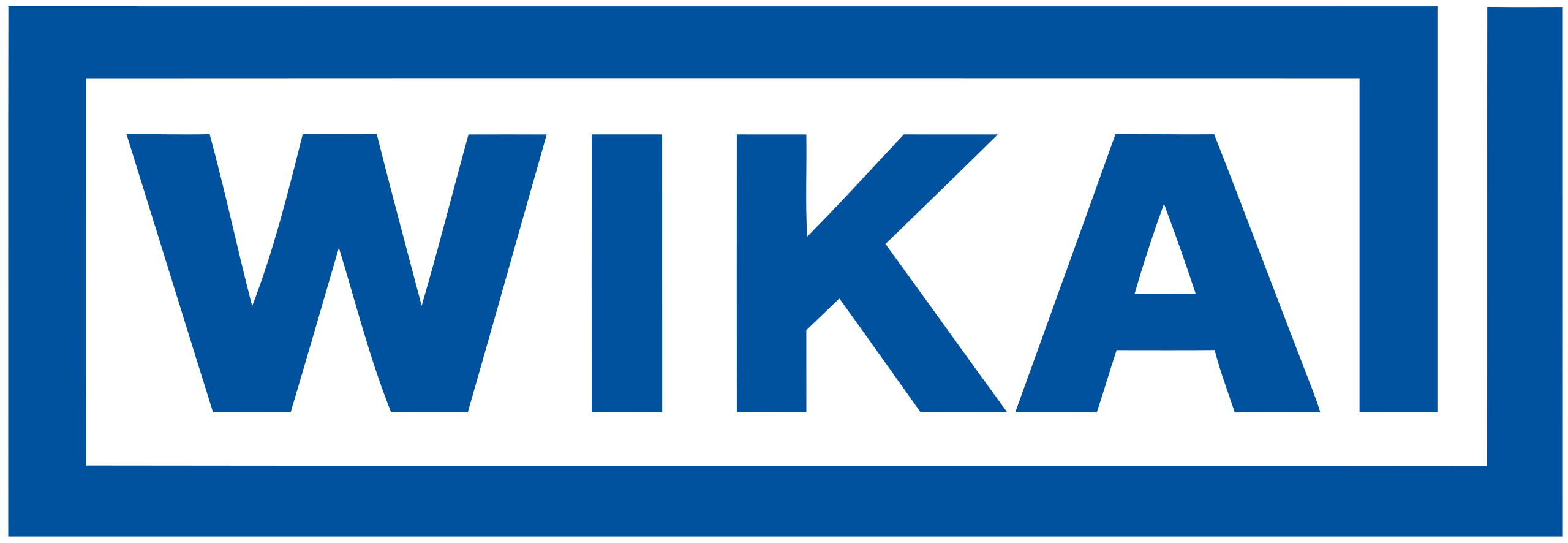
This new family of integrations brings the precision and reliability of WIKA industrial sensors to the Thinger.io IoT platform, enabling engineers and developers to connect, monitor, and analyse their WIKA devices in real time.
With this release, the following products are officially supported: - WIKA PEW-1000 — High-precision electronic pressure transmitter. - WIKA PGW23-100 — Wireless LoRaWAN® pressure sensor for industrial monitoring.
These integrations make it possible to: - Automatically decode uplinks and store data in Thinger.io buckets. - Auto-provision devices directly from LoRaWAN network servers such as ChirpStack, LORIOT, or TTN. - Visualise real-time pressure, temperature, and diagnostic data on custom dashboards. - Send downlinks to reconfigure transmission intervals or operating modes remotely.
The WIKA integrations have been designed to ensure full compatibility with existing Thinger.io infrastructure, providing a plug-and-play experience for industrial IoT projects that rely on accurate pressure and environmental measurements.
Documentation:
You can find complete setup instructions and data specifications in the official WIKA Sensors Integration Documentation
